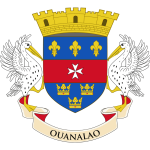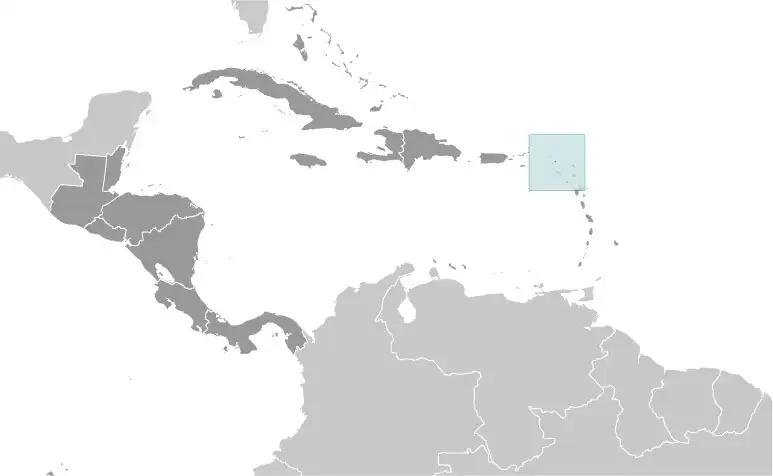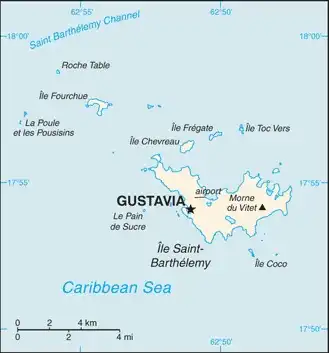
Saint Barthelemy
Veröffentlicht: 20. June 2022 - Letztes Update: 28. February 2025
Country Data Dashboard

Population
7,086
Growth: -0.11% (2024 est.)
GDP
no data
Area
25 sq km
| Government type: | parliamentary democracy (Territorial Council); overseas collectivity of France |
| Capital: | Gustavia |
| Languages: | French (primary), English |
People & Society
Ethnicity
Religion
Age structure
No image available.
Economy
Economic overview
high-income French Caribbean territorial economy; duty-free luxury commerce and tourism industries; import-dependent for food, water, energy, and manufacturing; large Brazilian and Portuguese labor supply; environmentally fragile
Real GDP (purchasing power parity) in Billion $
no data
Real GDP per capita in $
No data
Top 5 Import Partner in 2022 (76%)
Top 5 Import Commodities in 2022
- precious metal watches ⌚
- base metal watches ⌚
- jewelry 💍
- refined petroleum ⛽
- cars 🚗
Top 5 Export Partner in 2022 (76%)
Top 5 Export Commodities in 2022
- refined petroleum ⛽
- fruit juice 🥤
- precious metal watches ⌚
- beauty products 💄
- special pharmaceuticals
Geography
Map

Area
Natural resources
- few natural resources; beaches foster tourism 🏖️
Climate
tropical, with practically no variation in temperature; has two seasons (dry and humid)
Historical Background Information
In 1493, Christopher COLUMBUS named Saint Barthelemy for his brother Bartolomeo, but the island was first settled by the French in 1648. In 1784, France sold the island to Sweden, which renamed the largest town Gustavia after the Swedish King GUSTAV III and made it a free port; the island prospered as a trade and supply center during the colonial wars of the 18th century. France repurchased the island in 1877 and took control the following year, placing it under the administration of Guadeloupe. Saint Barthelemy retained its free port status along with various Swedish appellations such as Swedish street and town names, and the three-crown symbol on the coat of arms. In 2003, the islanders voted to secede from Guadeloupe, and in 2007, the island became a French overseas collectivity. In 2012, it became an overseas territory of the EU, allowing it to exert local control over the permanent and temporary immigration of foreign workers, including non-French European citizens. Hurricane Irma hit the island in 2017 and caused extensive damage.
